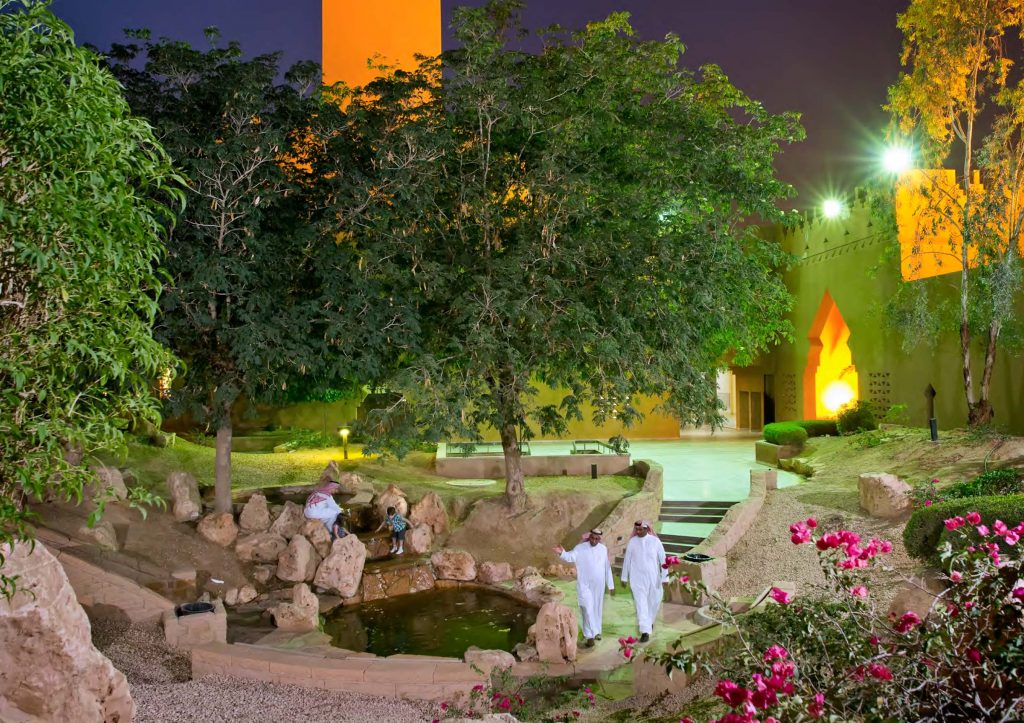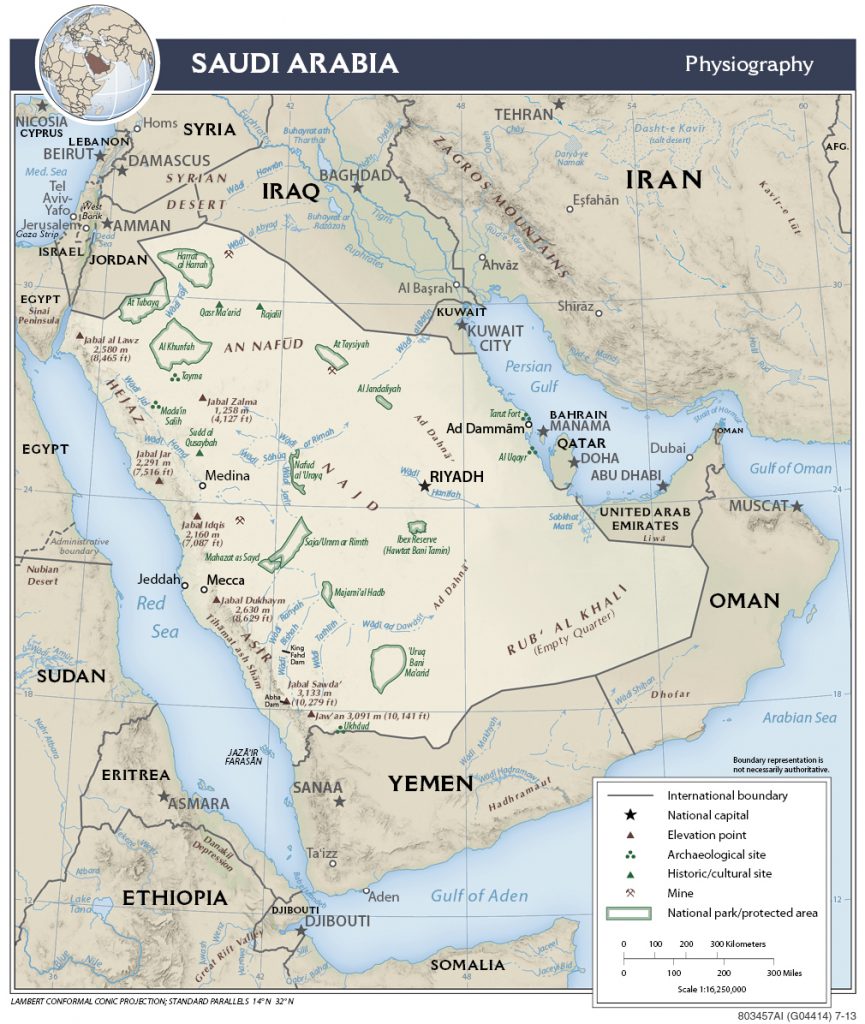Millions of Trees to Make Riyadh a Cool City

Riyadh, the capital of Saudi Arabia, has an amazing plan to green the city. Last week was my first visit there. Even though there are no issues of rising sea level in Riyadh, what they are doing is very much related to our rapidly warming planet and thus seems relevant to share. The image above is an illustration of what the central wadi will look like when complete.
Over the next decade they will plant 7.5 million trees, bringing the vegetation coverage from the current 1.5 percent up to 9 percent. This is one of five separate massive projects planned to rapidly transform the city, improving the quality of life and the environment. What makes the tree planting stand out is that its purpose to intentionally cool the city.
Studies show that at this scale, creating shade can cool the city overall by a stunning 2 degrees Celsius (3.6 Fahrenheit) and in the most densely forested areas, by as much as 15 degrees C (27 degrees F).
The detailed plans call for 72 species of trees that are native to the region. In addition to the cooling effect, this level of tree planting promises to reduce levels of dust and increase humidity.
As orientation, the map below shows that Riyadh is almost in the center of the country. Not only is it the Capital, it is the largest city with almost eight million residents. The elevation is approximately two thousand feet above sea level on the high desert plateau that dominates.

My visit was as part of a team of eight independent experts invited by the Riyadh Development Authority who are overseeing the projects to transform Riyadh’s Lifestyle as part of “Riyadh 2030” . The other four projects are:
- Ultra Modern mass transit of subways and buses, nearing completion.
- Creation of new King Salman park which would be the largest metropolitan park in the world, larger than New York’s Central Park and London’s Hyde Park.
- Riyadh Art, the world’s largest investment in public artwork, making it a “gallery without walls.”
- 135 km (84 mile) “Sports Boulevard” with cycling, various activities and venues, encouraging activity integrated with environmental features: water features, cooler subterranean areas, architectural shaded zones, and cooling towers creating artificial wind.
It will be very interesting to see how these projects are implemented, particularly the massive tree planting––in fact more than interesting, it can be an example for the rest of the world. This scale effort could not only improve life for the residents of Riyadh but be a technique for almost any location to adapt to a world of rising temperatures.
Furthermore, not only does the tree canopy provide shade, it of course takes carbon dioxide naturally out of the atmosphere, thereby having an effect to reduce the greenhouse gas warming effect. And just to make the connection, it is that global warming that is melting the polar ice, that is raising sea levels at an accelerating rate.
A large factor in the plans for the new seven and a half million trees is how to irrigate them. The design calls for expansion of waste water treatment and using the treated water for irrigation through highly efficient underground and drip delivery systems. To answer a related issue, the fresh water needs of Riyadh are filled by a combination of wells into deep aquifers, and increasingly supplemented by desalination of seawater from the Arabian Gulf (on some maps shown by the former name Persian Gulf). That water is pumped and piped across the desert.
The new system of subways and buses should improve the quality of life, while improving the environmental air quality and reducing carbon dioxide emissions. They are scheduled to be fully operational over the next year or two. The tree planting and other three programs are to begin this year and be completed by 2030. The Saudis are to be congratulated not only for the modernization and beautification of their capital, but also for thinking “big” in terms of ways to cope with and potentially counteract some of the effects of a changing climate. The combined budget for all five programs is approximately $46 billion dollars.
I intend to monitor these projects, particularly those that can cool the city. Hopefully I can visit when there is real progress to observe. For now, the plans themselves are impressive.
